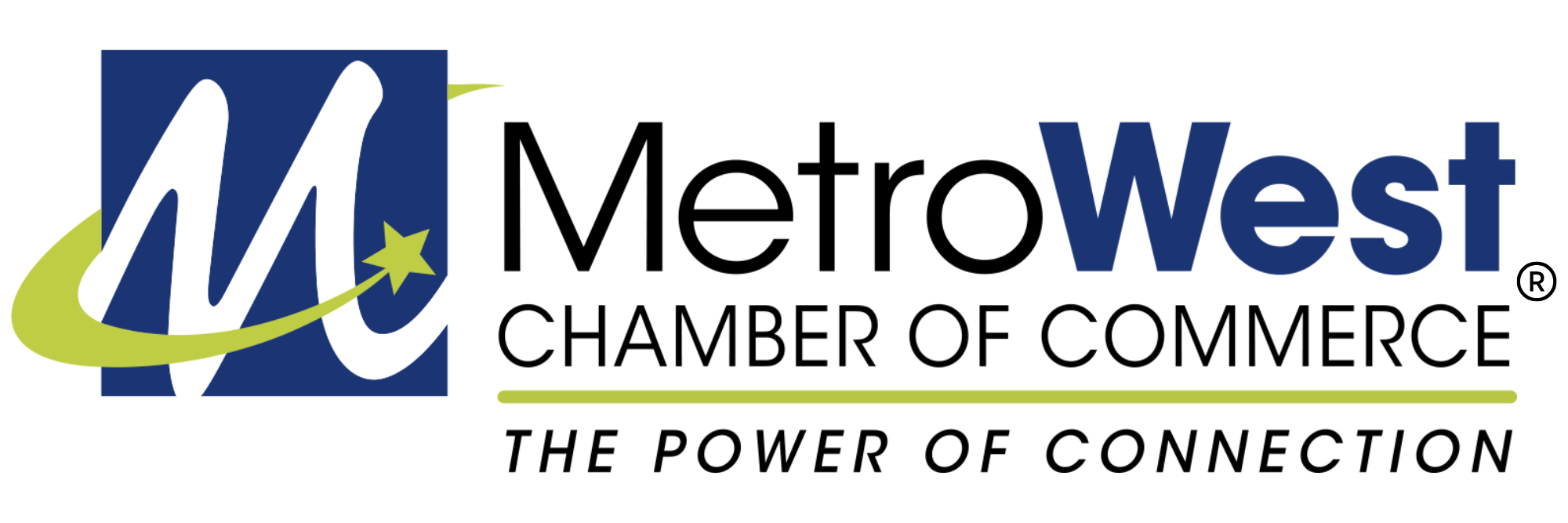The best client presentations don’t feel like presentations at all. They feel like conversations that happen to be persuasive. In a landscape where decisions are made in seconds and attention spans collapse even faster, the old formula of bullet points and brand colors doesn’t carry weight anymore. What’s working now is a new approach—more performative than procedural, more story than slideshow—designed to move people rather than just inform them.
Open Strong, Then Shrink the PowerPoint
People tend to overuse decks as a crutch rather than a tool. The opening should not start with an agenda slide or a long bio reel—it should be a compelling idea, question, or challenge. When a room feels like it’s being talked at instead of talked with, energy drains instantly. Shifting to fewer slides with bigger impact—visuals that prompt conversation instead of recite data—creates space for listening, questions, and eye contact, which are far more persuasive than any graphic.
Let the Tools Paint with You
Generative AI is changing how small business owners approach the creative grind of presentations and proposals. Unlike predictive or analytical AI, which focuses on forecasting trends or dissecting data, this breed of intelligence can craft original visuals—from illustrations to slide layouts—that look custom-built without needing a designer on speed dial. It's the difference between analyzing a painting and making one. For anyone looking to elevate their pitch, here's a good option that can spark ideas and fill in design gaps without breaking pace.
Give Your Insight, Not Just Your Expertise
Too many pitch decks fall into the trap of regurgitating credentials and past wins. What actually lands is insight—an original way of seeing the client's problem that reframes it and reveals something new. This doesn’t come from data dumps or verbose case studies; it comes from having a point of view that feels tailored and lived-in. When a presenter connects the dots between a client’s challenge and a larger cultural or industry shift, that’s when heads nod and notes get taken.
Change the Tempo, Own the Silence
Pacing can make or break a pitch. Instead of racing through each point with uniform enthusiasm, the most effective presenters treat their delivery like a good jazz musician—knowing when to lean in, when to drop out, and when to let silence land. Silence, when used with intention, becomes one of the most commanding tools in the room. It invites reflection, signals confidence, and allows ideas to breathe. The deck might be linear, but the energy in the room shouldn’t be.
Curate a Scene, Don’t Just Build a Brand
When a pitch feels like theater, people remember it. That doesn’t mean being performative in a gimmicky way—it means creating a story world, a mood, an experience that draws the client in. The best presentations borrow from film and design—using pace, color, contrast, and tone to create a scene that mirrors the client’s world but offers a better version of it. People don’t invest in your brand because of what it is now; they invest because of what they can see it becoming through your lens.
Involve the Client Without Putting Them on the Spot
Interactivity isn’t just a gimmick; it’s an essential signal that the work is a dialogue, not a download. But there’s a fine line between engagement and pressure. The goal isn’t to test the client—it’s to build a shared sense of ownership. Small moments where clients are asked to weigh in, offer feedback, or even workshop ideas in real time help shift the dynamic from vendor to partner. It’s not about theatrics; it’s about building trust through collaboration.
Kill the Ending, Close the Loop Instead
Endings are usually where most pitches go flat. Summing things up with a “thank you” slide or a generic Q&A kills momentum. A better strategy is to bring the conversation full circle—loop back to the opening insight or challenge, and show how what’s been presented changes the game. The close should feel less like a conclusion and more like an ignition point. Leave them with a next step, a fresh perspective, or a decision they’re ready to make, not just a file they’ll forget.
The days of decks doing all the talking are fading fast. In their place, the most effective presentations feel like shared explorations—deliberate, cinematic, and above all, human. By flipping the focus from slides to experience, from data to dialogue, teams position themselves not as vendors chasing approval, but as partners guiding the room toward clarity. And in that kind of space, the real pitch isn’t happening on the screen—it’s happening in the minds of the people being moved.
Join the MetroWest Chamber of Commerce today to connect with over 350 member organizations and drive the economic vitality of the MetroWest region through powerful networking and business development opportunities!

